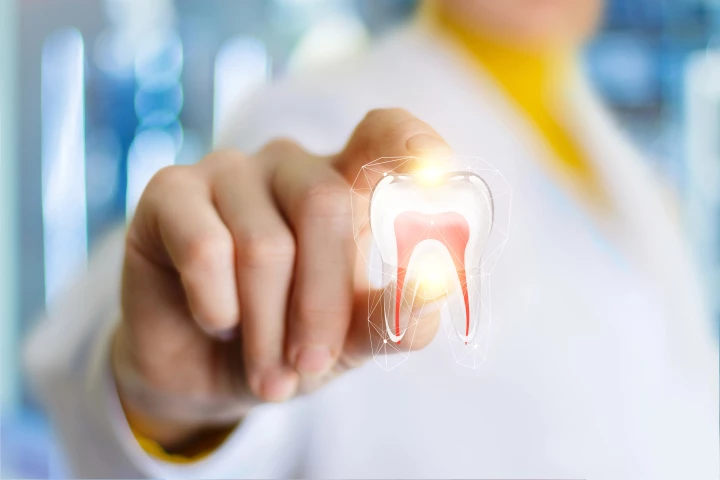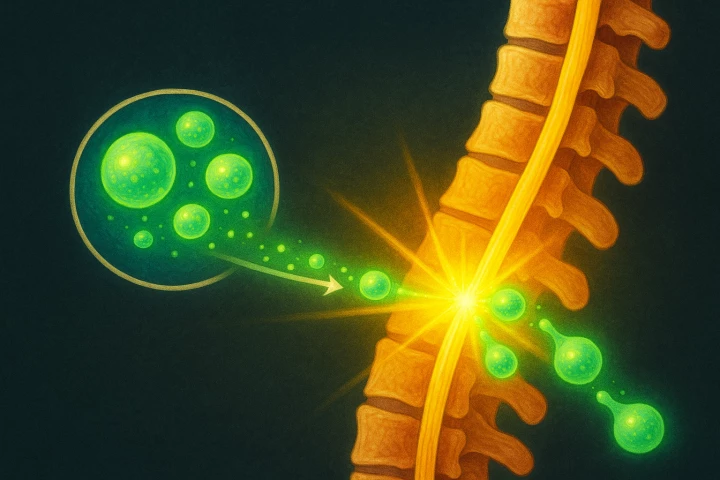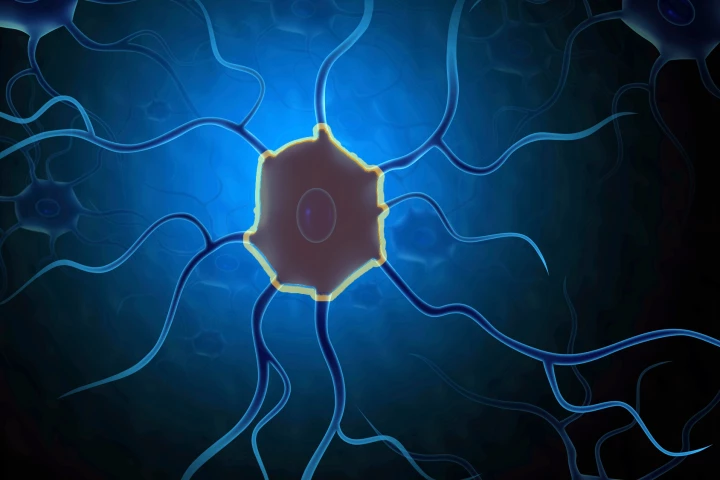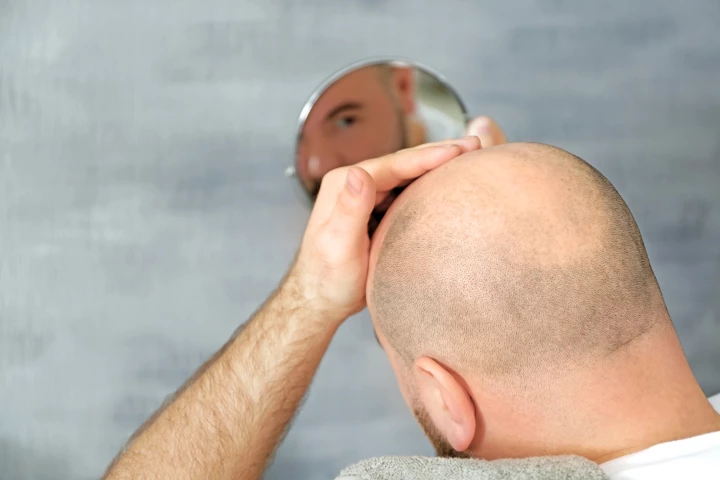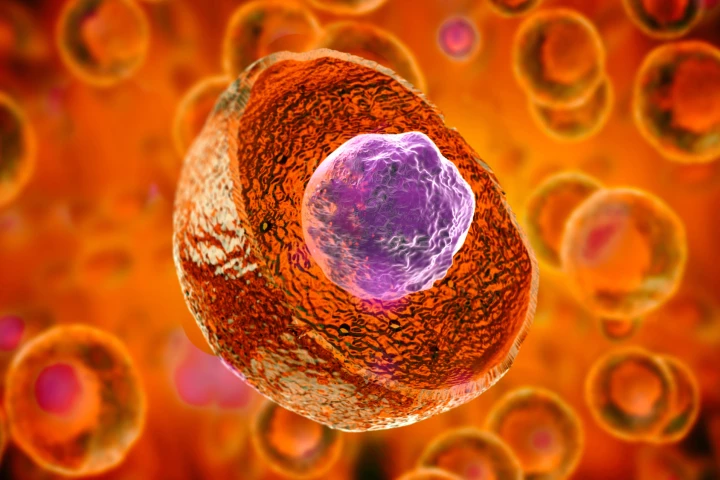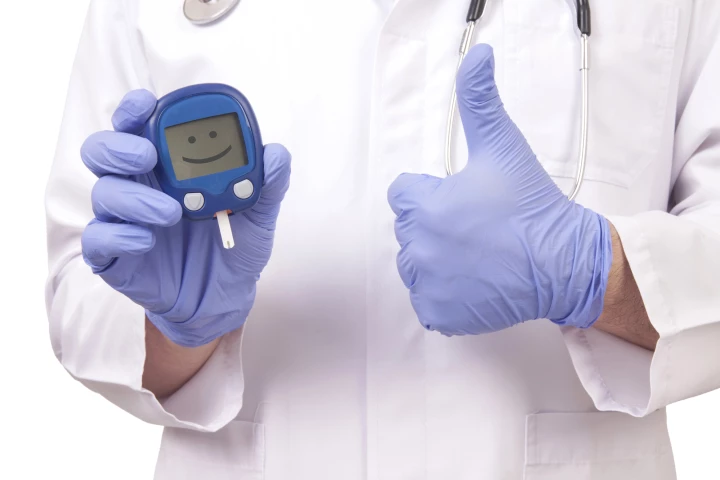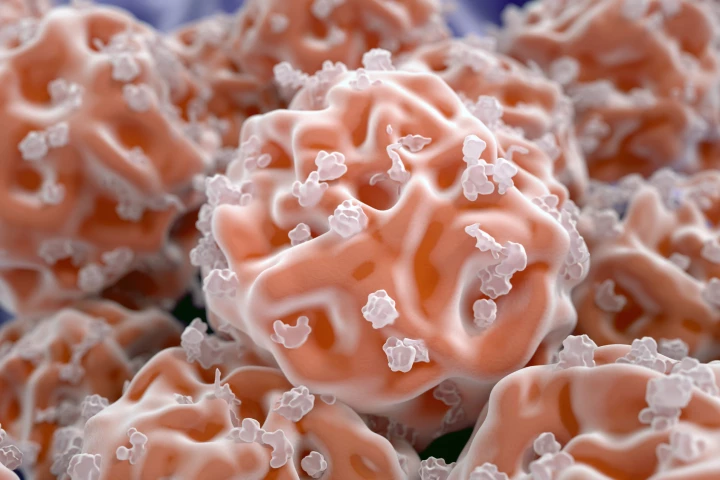Stem Cells
-
Scientists have developed an innovative new stem cell-infused implant that "grows" into the gum and fuses with existing nerves to function much like a real tooth. It's also gentler on the patient, expanding like memory foam to sit securely in place.
-
A paradigm shift in the way we treat spinal injuries is now in sight, with the world's first regenerative cell therapy approved for a Phase I clinical trial. It's a historical milestone that could reverse what has, until now, been an incurable injury.
-
Researchers have developed nerve grafts, currently being trialed as a treatment for Parkinson’s disease, that are invisible to the body’s immune system. It could mean that giving risky post-transplant anti-rejection drugs is soon a thing of the past.
-
We're one step closer to that elusive goal preventing hair loss and enabling new growth, as scientists identify the crucial role that one all-important protein has in protecting the hard-working cells on the production line.
-
In a major breakthrough for regenerative medicine, MIT scientists have developed a way to convert skin cells directly into brain cells extremely efficiently, without needing to go through the intermediate step of converting them to stem cells first.
-
Eye injuries that damage the cornea are usually irreversible and cause blindness. But a new clinical trial has repaired this damage in patients thanks to a transplant of stem cells from their healthy eyes.
-
Researchers have created a way to guide and control the development of stem cells into specific tissues and organs, opening the door to developing a means of one day tackling complex diseases like diabetes and Parkinson’s disease.
-
An innovative fertility technology using stem cells to help an embryo mature outside the body has resulted in the world’s first live human birth. The company responsible for the tech says it’s faster, safer and more accessible than conventional IVF.
-
Scientists have engineered a hybrid mouse with a gene that predates all animal life. The team replaced a single gene in the mouse stem cells with a version from an ancient, single-celled ancestor, and successfully grew healthy live mice from it.
-
A patient with type 1 diabetes has been functionally cured of the disease, requiring no insulin doses for over a year. The treatment involves growing and transplanting new insulin-producing cells from the patient’s own stem cells.
-
A newly discovered cell that matures into two specialist cell types significantly boosts wound healing, according to new research. It could be a game-changer for people suffering from chronic, hard-to-heal wounds.
-
Implanting a pouch of pancreas cells under the skin of type 1 diabetics has enabled them to live without insulin injections for years according to the results of a clinical trial. It’s a big step towards a functional cure for the disease.
Load More
